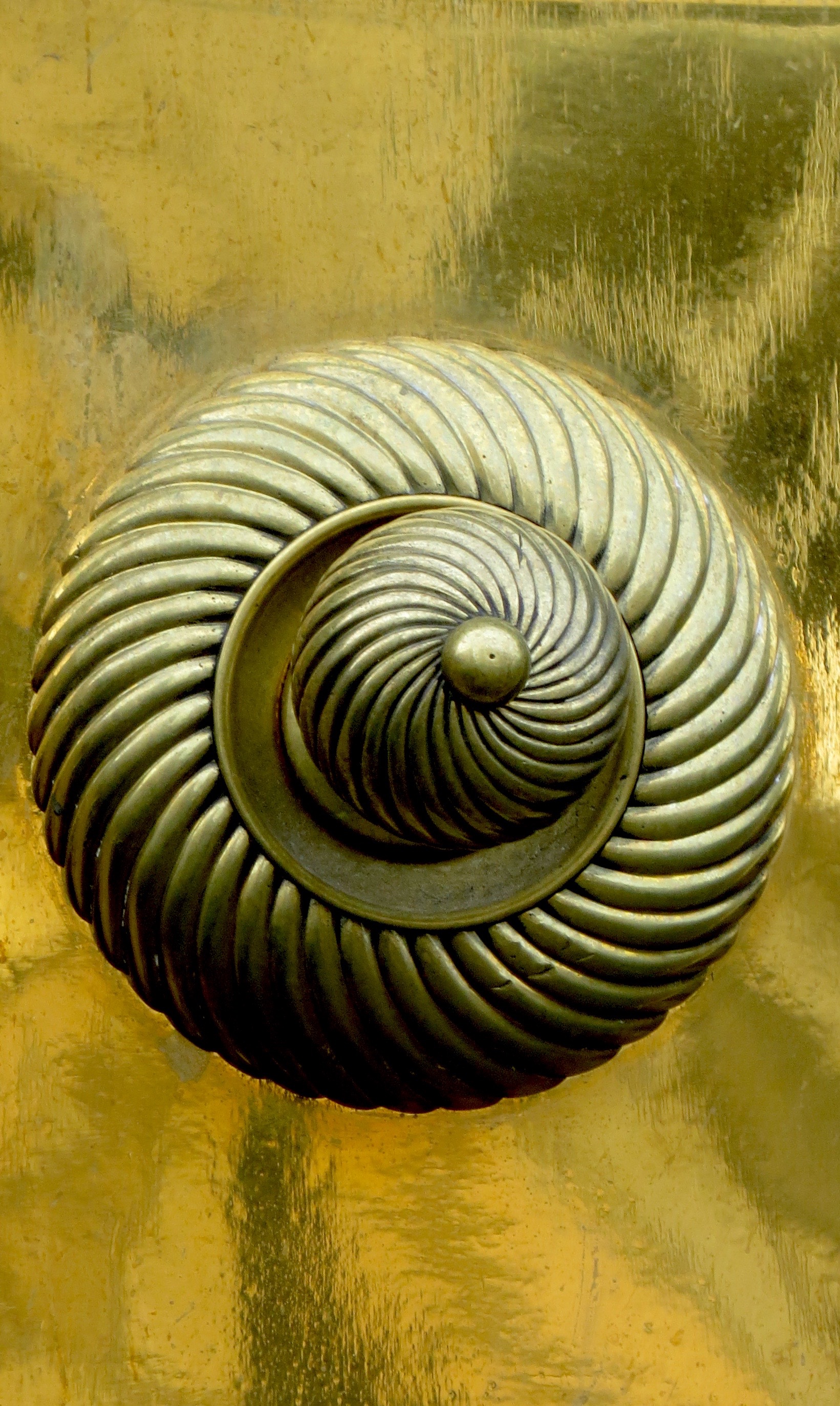
GREEN THOUGHTS AND A CHILL OCTOBER —David Hill
Dublin Street, unleashed from Drummond Place shackles, hastens up to a smoky summit.
I follow in its wake. In the foothills, an old-style, white-on-black street sign catches my eye. Once new and bold, a bright young thing, it's almost forgotten now, fading to sandstone oblivion.
I flow back across time and water, meet Dubliners past and sense a glimmer of their questions then about self-determination. Are these corniced rooms illuminated also by that flickering light? I recall too Joyce's Dubliners and its epiphanies, and how the deep thought which incubates revelation is stimulated by certain terrains.
In the present, I approach the apex and commandeer the northern prospect. In fine weather, I am Peter Pan, skirting over treetops and roofs, across a shiver of Firth to the Kingdom beyond. At sundown, I watch as the amber constellations of coastal Fife wink through dark, hazy matter.

Dublin Street hastens you away from its handsome façades and elegant demeanours, spectacles and distractions. It elicits something more, offers an initiation into something almost occult. It is where to wander is to wonder.
It is to be offered a glimpse of what is understood as the Sublime. But even in writing this, I'm unsure what it means. What is the quality that begets our appreciation? Is it in the object of our desire or in us? What does it mean to enjoy the View?
Do we have an innate, positive response to beautiful, awe-inspiring features of the world, or have we simply been educated to understand certain vistas as valuable?
Art and poetry, even cinema, are, among other things, dynamic, subjective experiences of, and responses to, the mutable realities of physical terrain. Ways of seeing and arranging the natural world shift with, and themselves help shape, the mood music of the age.
Certainly the way we process ‘exquisite’ panoramas is informed by these representations. In particular, 19th-century British Romanticism with its notion of the picturesque has been highly influential in shaping the way that we now understand and appreciate the natural world. But does it determine it?
I wonder about my own preference for the decidedly non-picturesque, but bleakly beautiful, Perthshire landscapes of John Everett Millais; 'Chill October' for instance.
Familiar with his work before I knew the area, I glimpsed – and still see something special. But the art is not the territory. Would my response to the latter be the same, unmediated by oil on canvas? More or less authentic, better or worse?
It's an issue difficult to unravel, but I'm inclined to think we do possess, most of us, innate ways of discerning the sublime in the world. The arts, not always successfully, try to draw out of us what, for the most part is already there, if frequently subdued to the point of dormancy.

It's, ultimately, difficult to say what attracts me to this particular view north from the New Town across the Firth of Forth, while many others of equal or greater majesty leave me, if not cold, then no more than lukewarm.
Perhaps it's really about context and setting, the notion of flight from the urban derangements all around. I certainly think that's part of it. There is more to it, but these qualities remain elusive to words.
In the end, I must yield to an Austrian philosopher. His words, if anything, are my Dublin Street epiphany:
Whereof one cannot speak, thereof one must be silent.